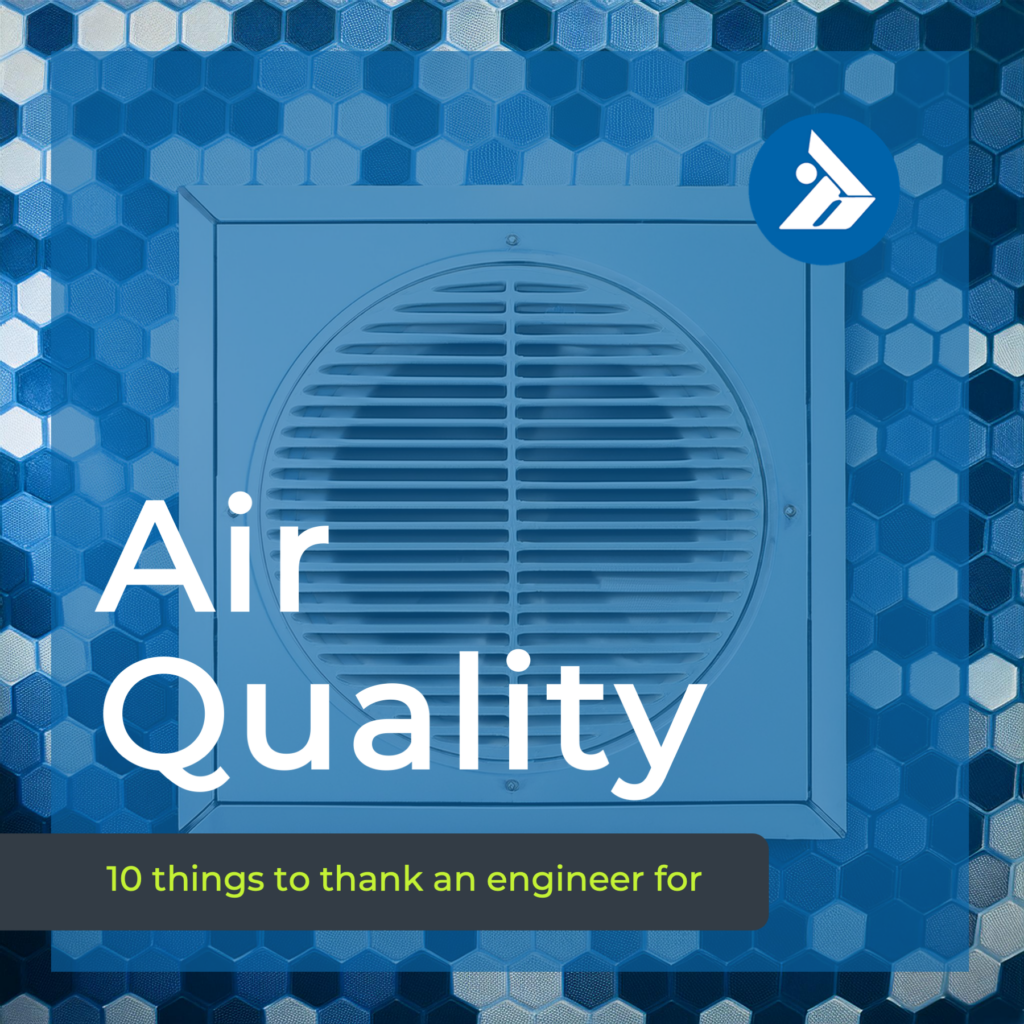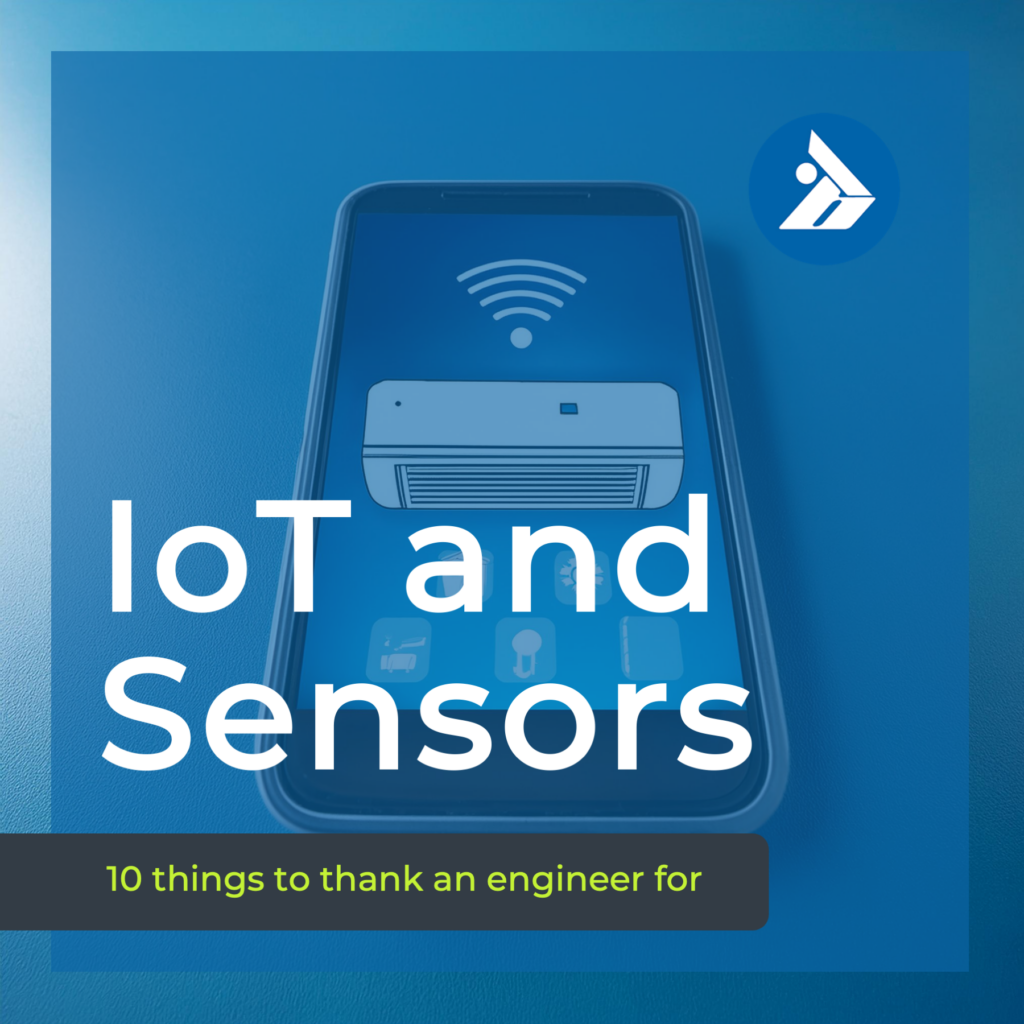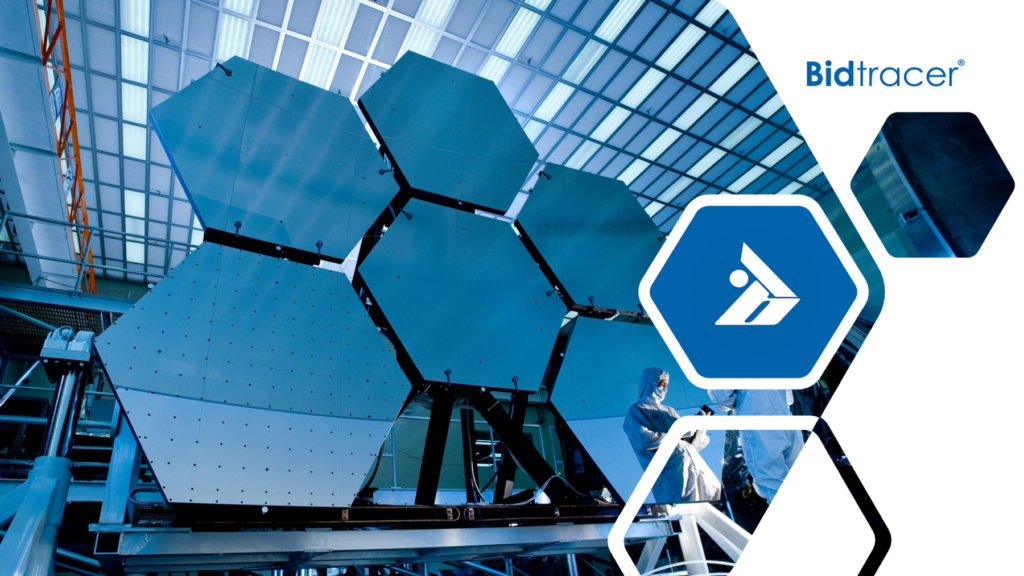India celebrates World Engineers Day this Sunday, September 15th. The vast landscape of engineering has a special place in our hearts – our founders, Krishan Mehta and Samir Gulrajani, are MEP engineers who decided back in college to change the world together.
Every solution created within Bidtracer was designed by construction industry experts, to make project delivery faster and more accurate for engineers. Instead of repetitive manual tasks with major room for error, our users can focus on client communication, creativity, and designing the smartest buildings on earth. Celebrate this week with gratitude for all things engineering, and tell those who bear this great responsibility that you appreciate all their hard work.
Here are ten innovations in automation engineering that the world can’t live without:

Advancements in Refrigeration Technology
Refrigerant Evolution: Initially, refrigerants like ammonia, sulfur dioxide, and later CFCs (chlorofluorocarbons) were used. Engineering advances led to the development of more eco-friendly alternatives, such as HFCs and eventually hydrofluoroolefins (HFOs), reducing harm to the ozone layer and mitigating global warming.

Energy Efficient Improvements
High-Efficiency Compressors & Motors: Modern HVAC systems incorporate variable-speed compressors, electronically commutated motors (ECMs), and energy recovery systems to reduce energy consumption.
Heat Pumps: The introduction of heat pump technology has allowed for more efficient heating and cooling, utilizing less energy and saving natural resources.
Building Automation Systems: Integrated control systems that automatically adjust heating, cooling, and ventilation based on occupancy and environmental factors have drastically improved energy efficiency and healthcare efficacy.

Thermostat and Control Innovations
Smart Thermostats: Today, programmable and smart thermostats allow users to control temperatures remotely via smartphones, and they use AI algorithms to optimize energy use.
Zoning Systems: Zoning technologies have enabled more precise temperature control by heating or cooling only the occupied areas of a building, saving money and the environment.

Air Quality and Ventilation
HEPA Filters & UV Technology: High-efficiency particulate air (HEPA) filters and ultraviolet (UV) technology enhance indoor air quality by removing pollutants, allergens, and pathogens.
Demand-Controlled Ventilation (DCV): This technology adjusts the ventilation based on occupancy, ensuring that the air inside is fresh and reducing energy waste.
Indoor Environmental Sensors: Engineers have developed sensors to measure CO2, humidity, and volatile organic compounds (VOCs), providing healthier indoor environments.

Sustainability and Green Engineering
Geothermal Systems: Geothermal HVAC systems use the earth’s stable temperature for heating and cooling, significantly reducing energy consumption and reliance on fossil fuels.
Solar-Powered HVAC: Solar engineering is increasingly being used to power HVAC systems, reducing carbon footprints and long term energy bills.
LEED Certification and Building Standards: Engineers have helped create industry standards like LEED (Leadership in Energy and Environmental Design), which promote energy efficiency and sustainability.

Mini-Split and Ductless Systems
Decentralized Systems: Traditional HVAC relied heavily on centralized, ducted systems. Modern engineering has introduced ductless systems such as mini-splits, offering flexibility, efficiency, and better temperature control.

Noise Reduction and Comfort
Quieter Systems: Engineering advances have led to quieter HVAC units through better fan design, improved materials, and noise-dampening technology, enhancing indoor comfort without disturbance.

Digital Monitoring and Predictive Maintenance
IoT and Cloud-Based Systems: Today’s HVAC systems are connected to the Internet of Things (IoT), allowing for real-time monitoring of performance, predictive maintenance, and early detection of issues to prevent system failure.
Smart Sensors & Analytics: Advanced sensors now track HVAC efficiency and anticipate when maintenance is needed, improving system longevity and reducing operational costs. Sensor hardware is a modern technology marvel that evolves each day.

Integration with Building Management Systems
BMS Integration: Modern HVAC systems are typically integrated with overall building management systems, with centralized lighting, security, and HVAC to optimize the building’s energy performance.

Engineering Standards and Regulations
ASHRAE Standards: The development of standards by organizations such as the American Society of Heating, Refrigerating and Air-Conditioning Engineers (ASHRAE) has set benchmarks for safety, efficiency, and environmental impact, guiding the industry toward better practices.
Contractors, distributors, and manufacturers: get Bidtracer to advance every aspect of BAC engineering. Bidtracer allows users to create Gantt schedules and build drawings from stencils, access major estimating tools, and create submittals in one click, all within a mobile app that collaborates with teams and integrates clients. Schedule a Bidtracer demo



